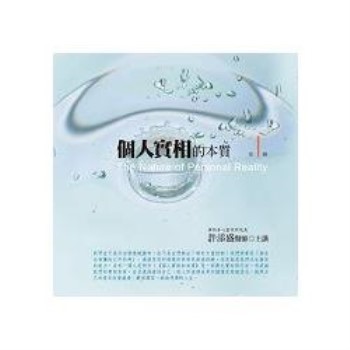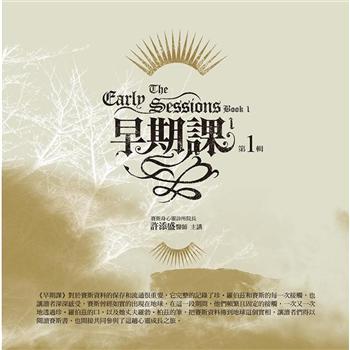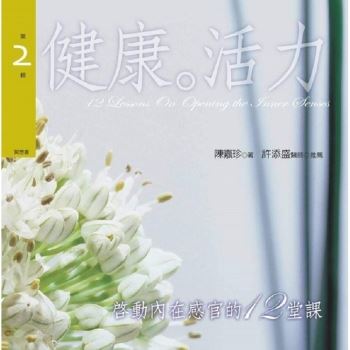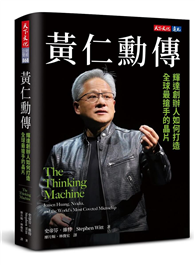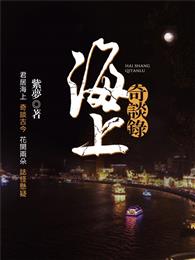| FindBook |
有 4 項符合
Mongolian Monuments in ’Phags-pa Script: Introduction, Transliteration, Transcription and Bibliography的圖書 |
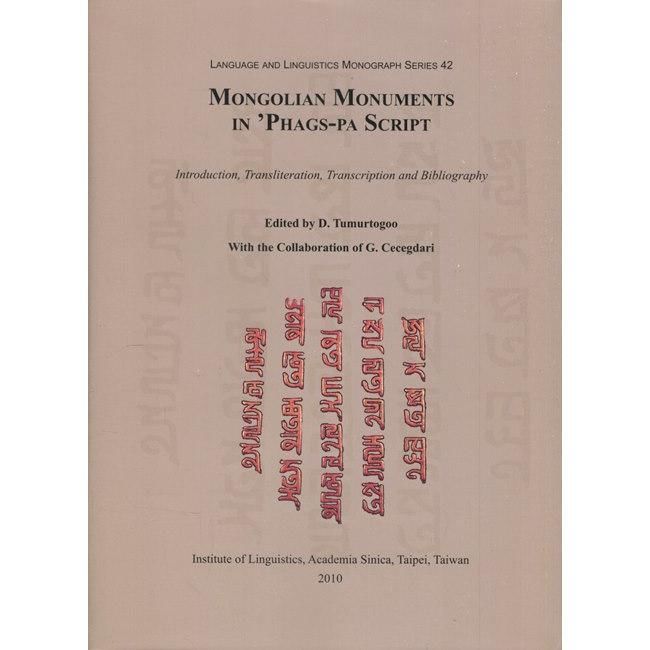 |
Mongolian Monuments in ’Phags... 作者:D. Tumurtogoo,G. Ce... 出版社:中央研究院語言學研究所 |
| 圖書館借閱 |
| 國家圖書館 | 全國圖書書目資訊網 | 國立公共資訊圖書館 | 電子書服務平台 | MetaCat 跨館整合查詢 |
| 臺北市立圖書館 | 新北市立圖書館 | 基隆市公共圖書館 | 桃園市立圖書館 | 新竹縣公共圖書館 |
| 苗栗縣立圖書館 | 臺中市立圖書館 | 彰化縣公共圖書館 | 南投縣文化局 | 雲林縣公共圖書館 |
| 嘉義縣圖書館 | 臺南市立圖書館 | 高雄市立圖書館 | 屏東縣公共圖書館 | 宜蘭縣公共圖書館 |
| 花蓮縣文化局 | 臺東縣文化處 |
|
|
- 圖書簡介
The ’Phags-pa script represents one of the ancient scripts not only of Mongols but also of many oriental nations. When Khubilai Khan set up a great empire of Yuan dynasty in the 13th century, it comprised the Chinese, Jurchens, Mongols, Uighurs, Turks and Tibetans. The state policy of Khubilai Khan was directed to unify all these different people spoken by different languages and dialects through a new specific script that is able to serve equally to all of them. This new script is known as “’Phags-pa script” by the name of its creator. The ’Phags-pa script was in active use for about a hundred year during the Yuan period, and obviously with a collapse of the empire, it was pressed out of public use.
Nonetheless, there are a great number of Chinese, Mongolian, Sanskrit and Tibetan sources on the subject of oriental cultures, histories and Buddhist literature written in ’Phags-pa script that has reached our days and attracts the attention of many scholars.
Among them, the Mongolian sources written in ’Phags-pa script play a significant role being not only the monuments of Middle Mongolian language, but also being the precious documents of state policy, jurisdiction, Buddhism and many other issues of Yuan administration. The documents in ’Phags-pa script attracted the attention of many scholars starting at the end of the 19th century; the documents have began to be collected and studied in a form of inscriptions, manuscripts, xylographical fragments, and Paizi letters and etc.
The first research and edition of Mongolian documents in ’Phags-pa script has been started by Russian scholar A. M. Pozdneyev, followed by M. Lewicki, N. Poppe, L. Ligeti, Junast and Hugjiltu, who contributed enormously to the studies on ’Phags-pa monuments.
In this work, it is aimed to cover as full as possible the Mongolian monuments written in ’Phags-pa script, including the transliteration and transcription of about 70 sources. Also the references to this work with word-index, selected index Nominum, Mongol-English vocabulary, collection of phrases and expressions and bibliography are incorporated, therefore we hope that this work will contribute both, the studies on ’Phags-pa monuments and Mongol studies
|
